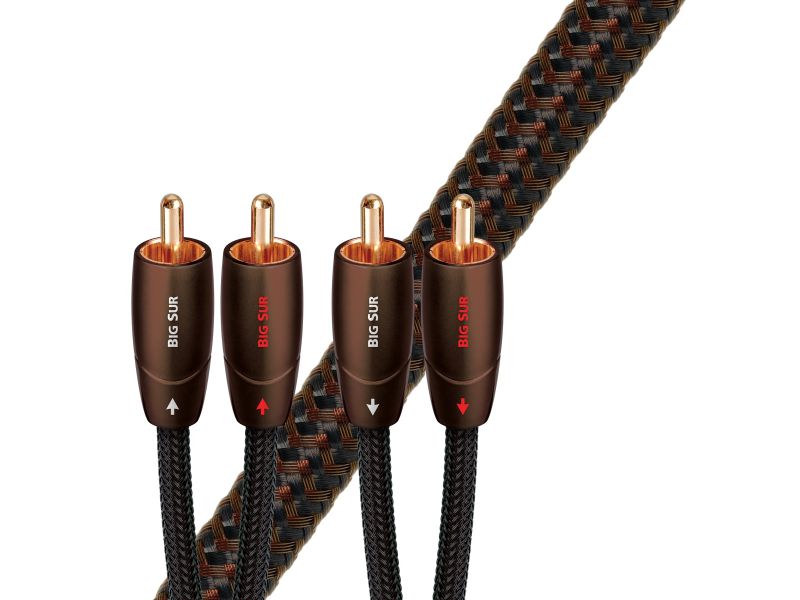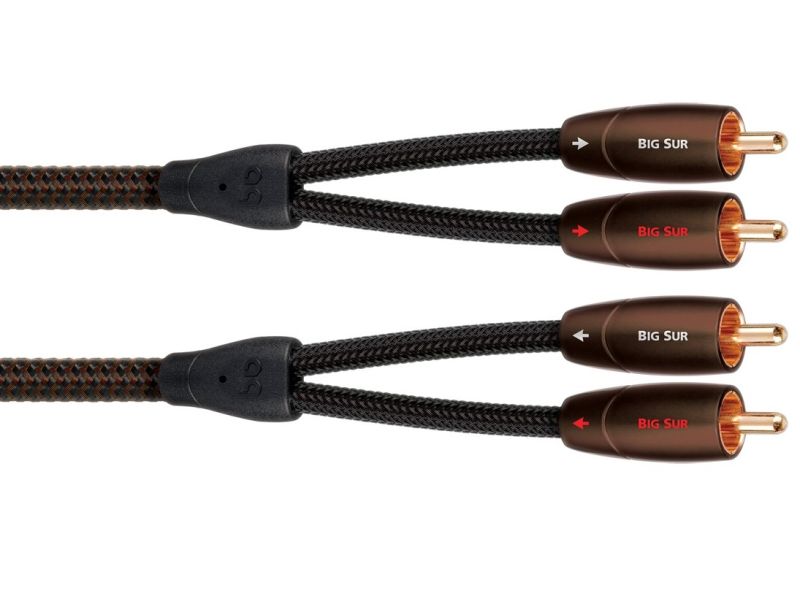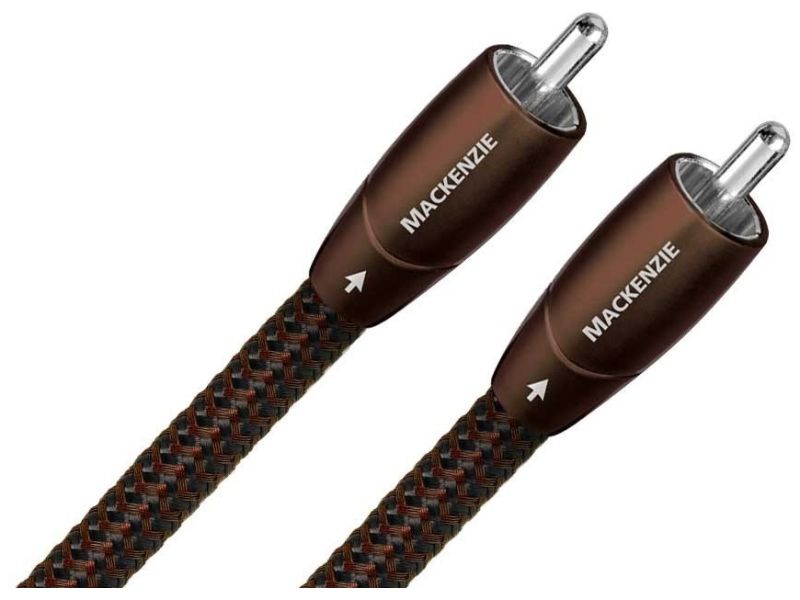- 0 Καλάθι Αγορών
-
ΤΟ ΚΑΛΑΘΙ ΑΓΟΡΩΝ ΣΑΣ ΕΙΝΑΙ ΑΔΕΙΟ
-
Van den Hul 3T The Sea Hybrid
To Van den Hul 3T The Sea Hybrid ειναι ενα καλωδιο interconnect τερματισμενο με βυσματα RCA.
| 0.8 μέτρου | Διαθεσιμότητα: 1-3 ημέρες | 260.00€ | |
| 1 μέτρο | Διαθεσιμότητα: 1-3 ημέρες | 290.00€ | |
| 1.2 μέτρα | Διαθεσιμότητα: 1-3 ημέρες | 350.00€ | |
| 1.5 μέτρα | Διαθεσιμότητα: 1-3 ημέρες | 435.00€ |
ΔΩΡΕΑΝ ΑΠΟΣΤΟΛΗ ΣΕ ΟΛΗ ΤΗΝ ΕΛΛΑΔΑ
To Van den Hul 3T The Sea Hybrid ειναι ενα καλωδιο interconnect τερματισμενο με βυσματα RCA.
The 3T The SEA Hybrid is a coaxial (unbalanced) built interconnect, based on our True Transmission Technology. It has a .4 mm solid core conductor, surrounded by a layer of L.S.C.. The screen is a combination of a dense braid of silver plated copper and 3T material. This all is protected by a full blue coloured Hulliflex.jacket.
3T – a revolution in the audio(cable) industry.
All galvanic conductors that are being used in the audio industry today, are made from soft metals. The advantage is that there are a lot of free electrons available. This is beneficial for the conductivity of the cable. A large amount of free electrons automatically means a low conductor resistance. Traditionally the so called “experts” love to see this.
The disadvantage of this choice is that the conductors can be reshaped rather easily; they don’t posses a stable internal structure. These metals are also very sensible for thermical, chemical and mechanical ageing. For this reason, the sound will change dramatically over a relative short period of time. Result is you’ll have to buy a new pair, the history repeats itself, etc. etc.. Not really a plan to get ahead of the game.
To have a longer lasting reply on the above problem, we were the first company that started producing a completely metal-free conductor series applying our Linear Structured Carbon® (The FIRST®, SECOND® and THIRD®). Another ten years of research, starting with our Fusion Technology, has finally resulted in a new revolution in the conductor world: 3T (True Transmission Technology). The idea behind the 3T concept is that you use as much electrons as possible to bind the metal atoms together. The disadvantage of a slightly higher impedance is more than compensated with the rigid structure of the conducting material. The only way to do this was to, again, disregard the general views and to go in a completely new direction.
Features
- No mechanical or chemical ageing anymore
- No metal layers in the conductor to prevent any kind of chemical activity between them
- Big mechanical flexibility combined with an extremely small bending radius
- Big mechanical pull-strength,. At least 150 Kg/mm2
- An amorphous structure to have no crystalline boundaries in the conductive material
- Completely stable at higher temperatures ( up to 250 degrees Celsius)
- A really stable structure turned out to be only possible in a mix of various metals in an exact ratio. In the end it turned out five metals and one non-metal were needed
- Extremely long lifespan without any change in sound characteristics
- A very short burn-in time. After approximately two hours you can expect good results. After only 48 hours the cables have reach their optimum
- A very high resolution during replay
- Because of this high resolution great audible acoustics
- No dynamic limitation what so ever
- Especially the spectre between 40 Hz – 200 Hz and 2 KHz. – 15 KHz. Needs to remain perceptable. A lot of conductors experience serious problems in these areas
- Last but not least: applicable in industrial situations.
Specifications
- Design purpose Interlink
- Available versions Unbalanced (RCA)
- Conductor material 3T
- Conductor structure 3T + Hybrid: Linear Structured Carbon® saturated layer with 3 layer screens of silver plated copper
- Jacket color blue
- Standard sales unit Only factory terminated, not available on reel.
















